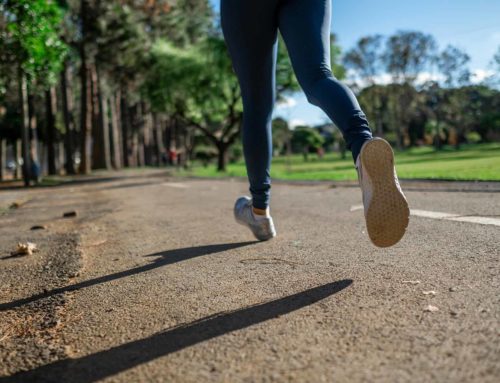Reiki, a form of energy healing that originated in Japan in the early 20th century, has gained popularity worldwide as a complementary therapy. The practice involves a practitioner channeling energy through their hands to the recipient, aiming to promote healing and balance. This article explores the science behind Reiki, its benefits, and the evidence supporting its effectiveness.
Understanding Reiki
Reiki is based on the concept of an unseen “life force energy” that flows through us and is what causes us to be alive. Practitioners believe that when this energy is low, we are more likely to feel stress or get sick, and when it is high, we are more capable of being happy and healthy. During a Reiki session, the practitioner places their hands lightly on or just above the recipient’s body to facilitate the flow of energy.
Physiological And Psychological Benefits
Several studies have investigated the physiological and psychological benefits of Reiki. One of the most well-documented effects is its ability to reduce stress and promote relaxation. A study published in the Journal of Evidence-Based Complementary & Alternative Medicine found that Reiki significantly reduced anxiety and increased feelings of relaxation in participants. The study concluded that Reiki could be a useful tool for managing stress and anxiety.
Another area where Reiki shows promise is pain management. Research published in the Journal of Pain Management Nursing indicated that patients who received Reiki experienced a reduction in pain levels compared to those who received conventional care alone. This suggests that Reiki could be an effective complementary therapy for pain relief.
Reiki has also been shown to improve overall well-being. A pilot study published in the Journal of Alternative and Complementary Medicine reported that participants who received Reiki treatments experienced significant improvements in their mood and quality of life. The study noted that these benefits were particularly pronounced in individuals with chronic health conditions.
Scientific Evidence And Mechanisms
While the exact mechanisms behind Reiki remain unclear, several theories have been proposed. One theory suggests that Reiki may influence the autonomic nervous system, which controls bodily functions such as heart rate and digestion. By promoting relaxation and reducing stress, Reiki could help restore balance to the autonomic nervous system, leading to improved health outcomes.
Another theory posits that Reiki may enhance the body’s natural healing processes. By channeling energy into the body, Reiki practitioners may help stimulate the immune system and promote the repair of damaged tissues. Although more research is needed to fully understand these mechanisms, preliminary findings are promising.
Testimonials And Case Studies
Numerous testimonials and case studies provide anecdotal evidence of Reiki’s effectiveness. For example, a case study published in the Journal of Holistic Nursing described a patient with chronic pain who experienced significant relief after a series of Reiki sessions. The patient reported a reduction in pain levels and an improvement in overall well-being, highlighting the potential benefits of Reiki as a complementary therapy.
In another case study, a cancer patient undergoing chemotherapy reported that Reiki helped alleviate the side effects of treatment, such as nausea and fatigue. The patient also noted a reduction in anxiety and an improvement in their emotional state, suggesting that Reiki can support patients during challenging medical treatments.
Conclusion
While more rigorous scientific research is needed to fully validate Reiki’s effectiveness, existing studies and anecdotal evidence suggest that it can offer significant physiological and psychological benefits. By promoting relaxation, reducing stress, and potentially enhancing the body’s natural healing processes, Reiki holds promise as a complementary therapy for a variety of conditions. As interest in holistic and integrative medicine continues to grow, Reiki is likely to remain a valuable tool in promoting health and well-being.




